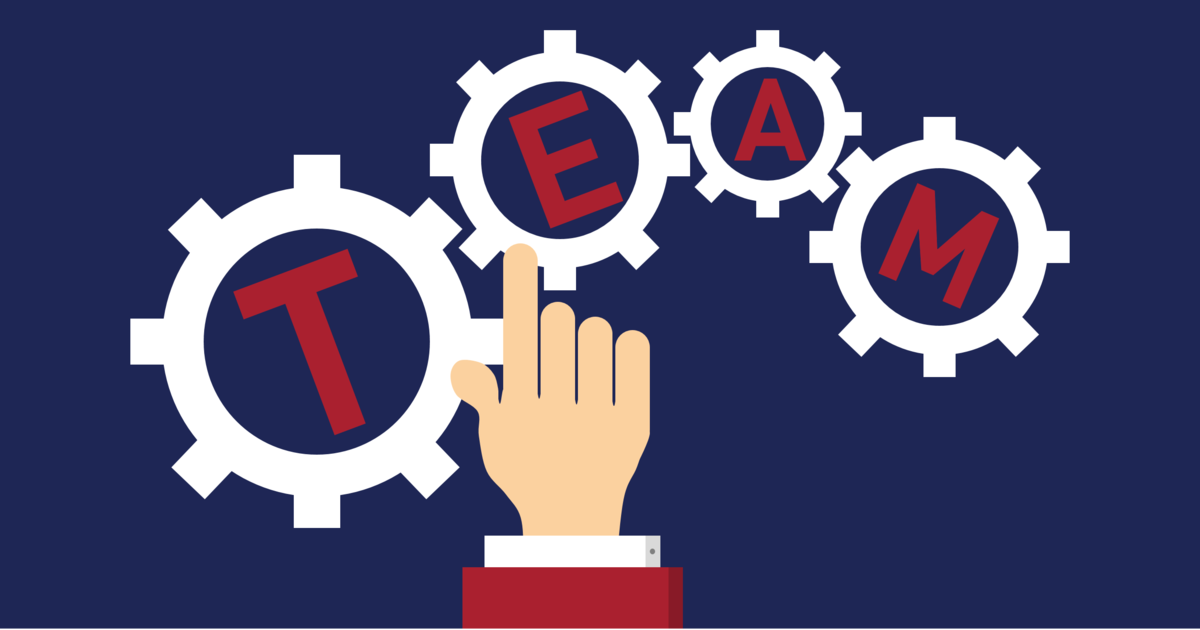Anyone who works in an NYLT setting is automatically hooked – they love the people, they love the atmosphere, they love the productivity. Have you ever thought of why? It’s because we GET IT! Staffers know how teams are supposed to work together – I mean its what we teach after all! We, without fail, value each others input. We know what comes first, second, and third when a team forms. We know what do to when conflict arises among our team members – and we know what to do when things don’t go according to plan. The NYLT Community is undoubtedly poised to be one of the most successful groups of people out there – if only we could work with solely each other for the rest of our lives.
So how can we deal with this dichotomy between the “professional teammates” that we work with at NYLT, and the peers we work with everywhere else in our lives? How can we take NYLT material and truly apply it to groups of people who don’t know what forming, storming, norming, and performing mean? The NYLT Academy staph sat down for a discussion about this, and we came up with some interesting ideas.
What do we do at NYLT to start the team building process? Trust falls, name tags, and getting to know me games are all within the arsenal of anybody at a Scouting function. Have you ever tried to start a game of “Captain on Deck” with your research team in chemistry class though? Sometimes what we are comfortable doing in the scouting world doesn’t translate 1 to 1 in the “real world”. Instead, what about simply getting to know them through conversation?
Stapher Elyse agrees, she believes that the very beginning is probably the best time to simply get to know the members of your team. She says that a leader must know their team so that “he or she can play to their strengths and weaknesses.” The amount of information you can find out about someone through a simple conversation is amazing! In the case of a team being formed to complete an experiment & report for a chemistry class, try starting out your meetings with simple conversation – ask how everyone’s day is going, what did they do over the past weekend – anything to begin the process of building a report because that eventually leads to trust. A team that knows each other and cooperates will be far more efficient than a group of people who are simply working together on a project.
However, the team needs to form a vision of what they want their final project to look like. How does an NYLT alumnus start that conversation without simply asking “What should our vision be guys?”?
Instead, Stapher John Zanin said that you should have the team think about what their final product will be. Will your group be making a tri-fold poster, or a PowerPoint presentation, or maybe even a video to present your project? Stapher Patricia added that this is definitely part of the process that translates directly from NYLT to everything else – active discussions.
Team members must have an open mind, ask follow up questions, contribute to the conversation, and respect each other’s ideas – this will not only lead to a vision for the whole team to feel proud of, but it’ll also builds your teams trust and furthers their development. Once a vision has been informally established, continuing simple conversation about what goes into completing the project should be utilized to see where each teammate sees them self contributing to the project.
After your team gets started, constant communication is going to be the difference between success and failure. It may be tough to work with individuals who may not have the leadership toolbox that you have, but leading by example, and constantly talking about the vision that you want your teammates to achieve is the best way to success.




